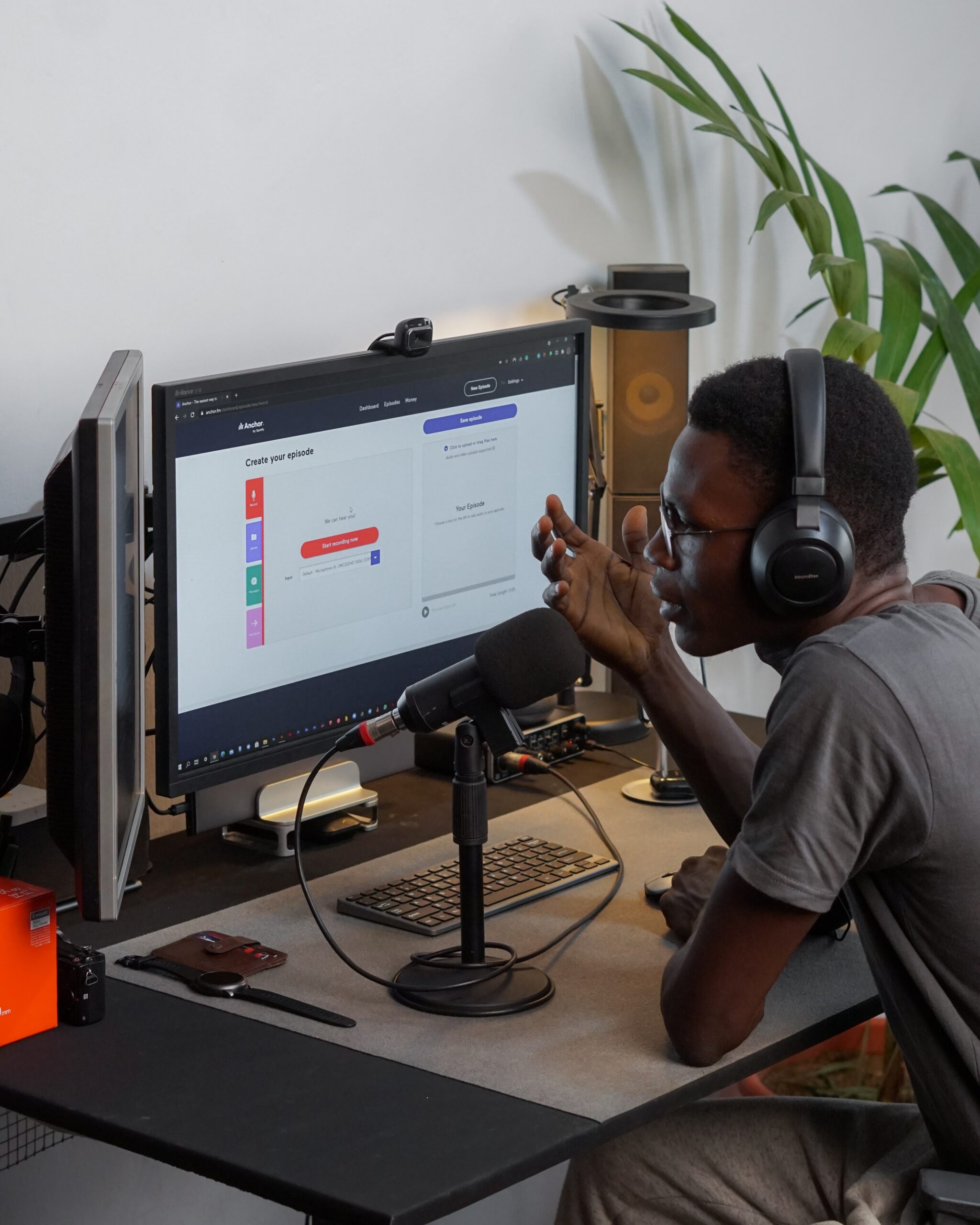unybrands Snapshots provide quick reads giving you an overview of all important information you may need to know about a topic related to the e-commerce ecosystem. Whether it’s a definition of a commonly used term, or a pros and cons list, we’ll paint the full picture for you.
Let’s jump in: Net working capital (NWC) is the difference between current assets and current liabilities of a business. NWC is a financial metric which represents a business’ liquidity and can be used as a proxy for short-term financial health. NWC highlights how much money a business has to cover its current day to day obligations without heading into debt.
Formula to Calculate Net Working Capital:
Net Working Capital = (Cash and Cash Equivalents) + (Marketable Investments) + (Trade Accounts Receivable) + (Inventory) – (Trade Accounts Payable)
OR
Net Working Capital = (Current Assets) – (Current Liabilities)
Current assets are short-term assets taken from the balance sheet which include inventory, accounts receivable, money market funds, short-term government bonds, commercial paper, etc. Current liabilities, on the other hand, are short-term obligations such as short-term loans, lines of credit, accounts payable, credit card debt, etc.
As an Amazon FBA seller, it’s important to understand what Amazon’s NWC is, and how this could potentially impact your brand. We’ll break down the different components of NWC and why you should care.
To start, let’s dive into what Amazon’s NWC actually is. According to FinBox, Amazon’s net working capital at the end of Q3 2021 was $(50) billion. Don’t be concerned by the negative number – Amazon, Microsoft, Google, and Tesla all operate with a negative net working capital – and it actually provides two significant operational advantages. As Amazon’s business grows, its NWC will generate cash flow for the business. This shrinks the total capital in the business, therefore enhancing Amazon’s return on capital and reduces the outside funding required for growth.
In financial terms, the e-commerce powerhouse functions on a negative cash conversion cycle. Amazon collects money from its customers first, before paying out its suppliers. The amount of current liabilities are greater than the current assets because of the timing component of its supplier payments (i.e money is coming into the business through customer sales before Amazon’s payments for the underlying goods is required). This phenomenon results in the negative net working capital amount, and is seen by many other rapidly growing marketplace/software businesses. Amazon will continue to benefit from this model as long as the business continues to grow.
Importance of Amazon Net Working Capital for Sellers:
NWC provides an idea of your business’ liquidity, and whether the company is financially stable enough to cover its short term obligations. It’s beneficial for sellers to look at both quarterly and annual NWC trends to fully understand the financial health of your business and identify what levers can be pulled to improve.
Let’s take a look at Amazon specifically to provide a frame of reference: Over the past 5 years, Amazon’s NWC has ranged from $(19) billion in Q4 2016 to $(61) billion in Q4 2020. Most recently, the company’s NWC has been growing increasingly negative, which highlights a positive trend for the business and sellers alike as it means growth is accelerating. This is great news for you as a seller, and for us as buyers!
At the end of the day, Amazon’s negative cash conversion cycle is a testament to the growth of the business, including the 3rd party marketplace, providing advantages for businesses such as yours. With rapid and consistent growth on Amazon, you as an Amazon seller continue to have the capacity to grow and your business to thrive. The sky’s the limit.
Have more questions? Contact us and one of our experts will see how this applies specifically to your business!







